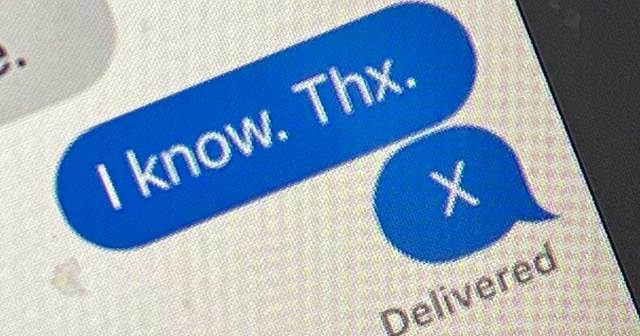
One thing you quickly learn as a parent is that you can’t always be there to protect your teens. As they grow into independent young adults, teens need the freedom to explore and discover their world. It’s inevitable that they’ll be exposed to different dangers and probably find themselves in all kinds of risky situations.
I learned that all I can really do is prepare my teens and have a plan on hand in case things go awry. This lesson was driven home one evening when my teen daughter, Delila, came back home noticeably upset. After getting her to calm down, she finally disclosed that she’d been hanging out at her friend’s house and someone had brought out some alcohol, daring them to drink.
Luckily, the parents walked in just in time to ruin their fun. On asking her why she didn’t just walk out, Delila said that she couldn’t leave because was worried her friends would tease her relentlessly.
I get what she was going through. As a teen, I too had found myself in numerous uncomfortable positions and I’d stuck around because I felt I had no way out. I couldn’t escape without inviting ridicule from my peers.
Coming Up With The Plan
I didn’t want my teens to go through life like that so I went hunting for a solution. I came across this brilliant idea by Bert Fulks, a youth minister and educator, and decided to implement it in my own home.
A parent and teen had come up with an “X Plan” or a way for teens to reach out and easily get help out of a sticky situation. Here’s the gist of it:
Let’s say that Delila is invited to another party or goes out with her friends. Something happens that makes her uncomfortable- it could be drugs, alcohol, bullying, or unwanted sexual advances. All she has to do is get her phone and text the letter “X” to either her mother or I. Whichever one of us receives the text calls Delila’s phone within minutes and tells her that something has come up and they are coming to get her.
The script is very simple and goes something like this:
Delia: “Hello?”
Parent: “Hi, Delila. Something’s just come up and I’m on my way to pick you up.”
Delia: “Why? What’s happened?”
Parent: “I can’t tell you right now but I’m on my way. I’ll be there in about 5 minutes and I’ll tell you then.”
This gives my teen an easy way out of whatever sticky situation she’d found herself in. She can save face by simply telling her friends that something’s happened at home and her parents are coming to get her. She’ll then leave with minimal fuss.
Benefits Of The “X Plan”
The “X Plan” empowers my teens and gives them a way of escaping suffocating situations without affecting their social standing. Furthermore, I explained that they were under no obligation to explain what the “tricky situation” was unless they felt they needed to- or unless someone’s life was in danger.
Surprisingly, instead of becoming more secretive, my kids have opened up and have started conversations on what might be called difficult topics. It also helped us build trust with our teenagers that goes both ways: they trust that we’re a text away and we will offer our unconditional support and in return, we trust them to behave responsibly.
Of course, families are different and what works for one might not be ideal for another. However, I encourage parents to implement a form of the “X Plan” that fits in with their unique family characteristics and situation.











